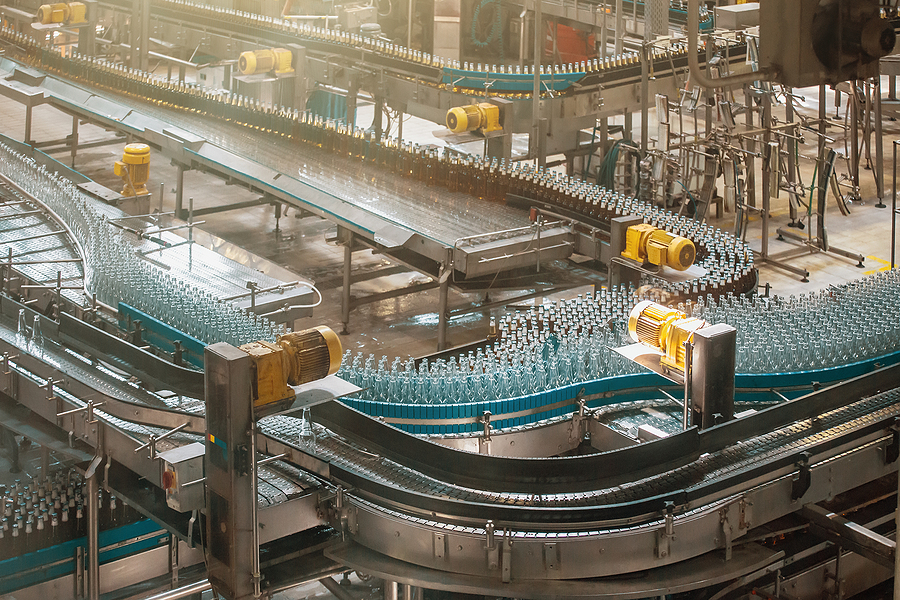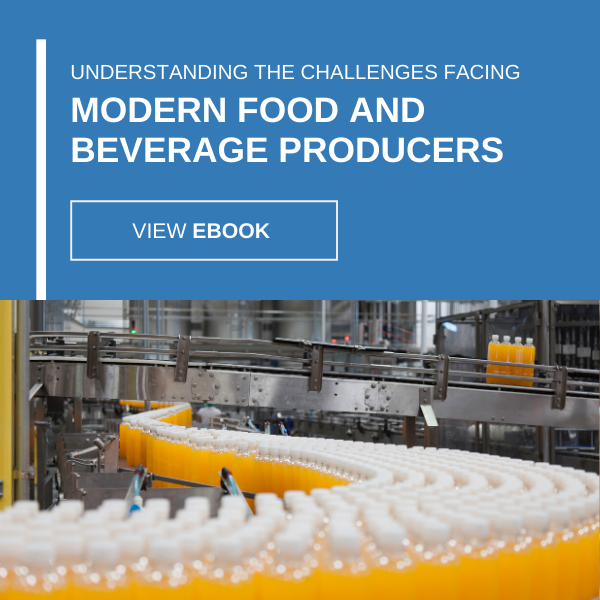
Food & Beverage Industry Outlook: What Will the Latter Half of 2021 Bring?
As America dusts off and gets back to business as usual, what can the food and beverage industry expect to find on the road ahead for the latter half of 2021? While some 60% of manufacturers and processors, including F&B, report being impacted by the pandemic (we’d put that figure a lot higher, frankly), demand for products in many, if not all, sectors is beginning to surge. Roaring ’20s, here we come.
So, what does that mean for F&B? According to the 2021 Manufacturing Outlook Survey by Food Processing magazine, the industry is cautiously optimistic. Here are some quick takeaways from that survey:
- 58% of food manufacturers were very or somewhat optimistic about 2021.
- 41% plan to staff up while 44% will maintain current staffing levels.
- 41% plan to increase production and add lines or plants, while 35% will maintain current production levels.
All of that points to good news. Here at USC Consulting, we don’t exactly have a crystal ball, but we are seeing some other trends emerging for F&B as well. Let’s take a closer look.
Were supply chain disruptions a good thing?
OK, hear us out. Nobody is a fan of supply chain disruptions. The unprecedented level of disruption of the pandemic caused inordinate headaches, work stoppages and all kinds of other problems. But it also forced manufacturers of all stripes to focus on efficiency and agility, create new processes and procedures, find alternate routes on their supply chains and a host of other things. The key was finding ways to pivot quickly. Carrying forward some of those lessons learned can make your operations more efficient and leaner than before. Another way disruption might ultimately impact F&B is the trend toward more localized production. On the consumer side of the F&B industry, it’s been about farm-to-table for a while. It may slide into the manufacturing and processing side as well, with good reason. Global supply chains may remain unreliable for the near future.
Automation is here to stay.
Many F&B manufacturers and processors relied on automation on the line to get the job done with fewer people, due to layoffs and social distancing restrictions. All signs point to this trend being permanent. This is not replacing people with machines. It’s using technology to help people do their jobs on the line faster, more efficiently and with less repetitive injuries than before. Automation also creates new work and new ways to work. All of this is an acceleration of the Industry 4.0 revolution that started a few years back with the Internet of Things (IoT), and it’s about interconnectivity. A new term is coming into play: smart manufacturing.
Increases in process efficiency.
Making operations more efficient with the goal of increasing throughput for the long term is the core of our business. Every company out there wants to be more efficient, do more with the assets they have or do the same with less. Competing in the post-pandemic marketplace, when hiring is tight, low-end jobs remain unfilled, and demand is rising, means that being as lean and efficient as possible isn’t a nice-to-have anymore. It’s a vital necessity.
A heightened focus on forecasting and demand planning.
We recommend a process we call SIOP to get the clearest look at your operations now and down the road. It helps companies make better strategic decisions. The common version of this process is sales and operations planning. We think it misses a critical piece of the puzzle: inventory. Adding inventory into the mix is just one additional step, but we find it can be the key to the whole thing. When you’re focusing on inventory, it requires more careful planning and elevates the entire planning process up a notch. We like to tell our clients that the purpose of SIOP is making sure you’re having the right conversations about the right things at the right time. And getting what you need when you need it.
According to the survey, other issues on the minds of F&B manufacturers in 2021 include food safety, worker safety and cost control. Ultimately, it boils down to better, more efficient processes, and a leaner, more agile operation that increases throughput and cuts expenses.
At USC Consulting Group, we’ve been helping companies do just that for half a century. If you’re interested in talking with us about how to position your F&B operation for the future, contact us today.






